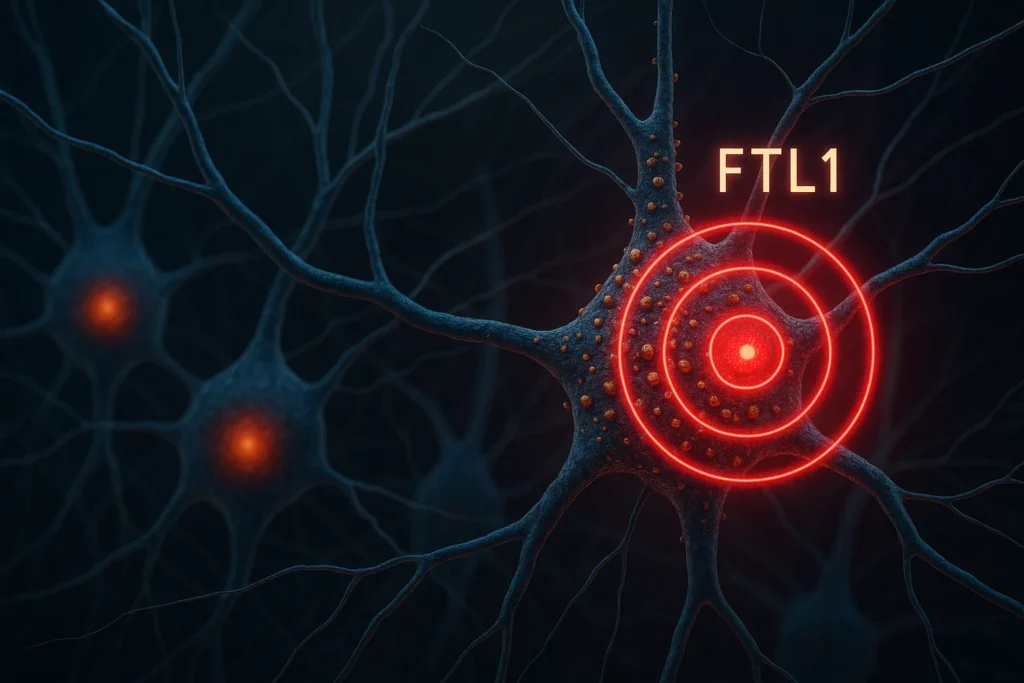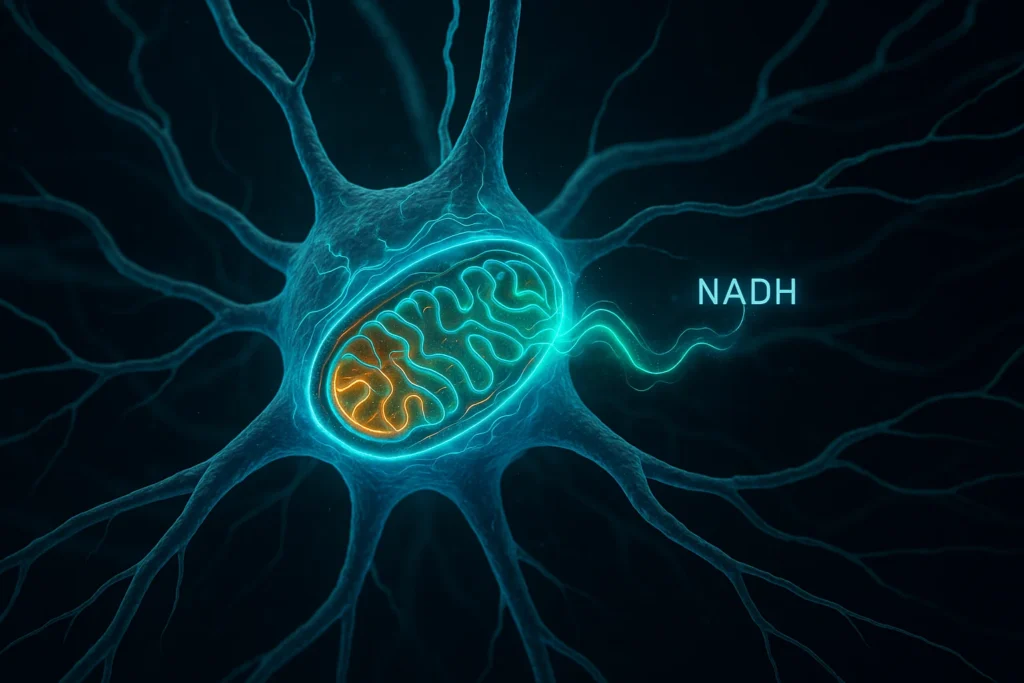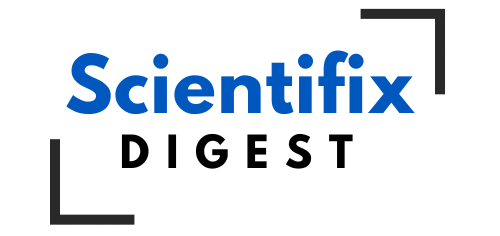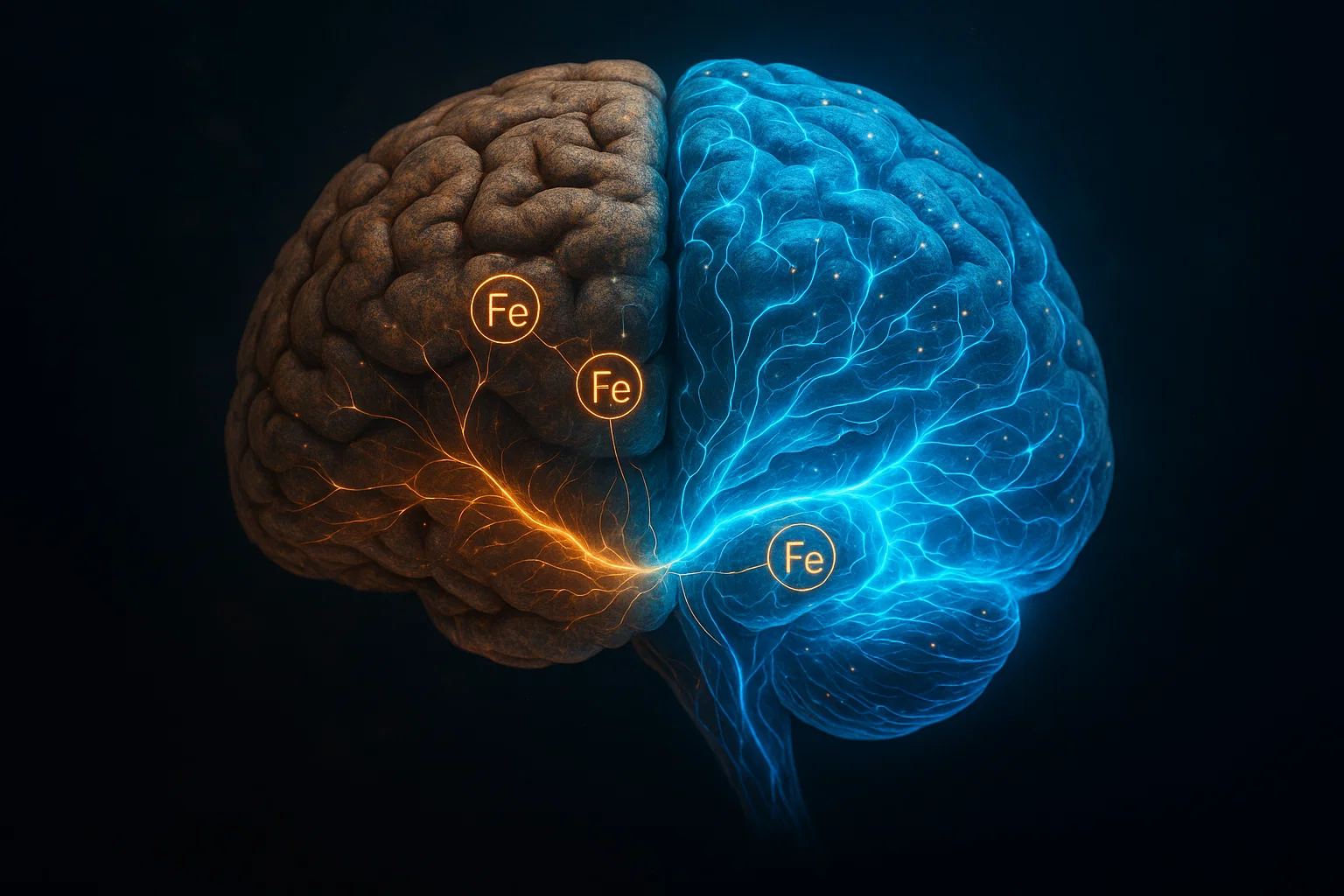Ageing is associated with many alterations in the brain, the one that is not well understood in contributing to cognitive impairment is the iron imbalance. However, this has changed with recent studies published in Nature Aging revealing that ferritin light chain 1 (FTL1) which is an iron-related protein in neurons is also a major contributor. According to the study, increased activity of FTL1 in the brain region designated as the memory center, the hippocampus, not only happens as an effect of age, but is a direct factor in memory deficiencies.
The hippocampus is crucially important in learning and memory and age related deterioration in this area is one of the most important characteristics of aging. In contrast with neurodegenerative disorders like Alzheimer, age-related memory loss does not usually feature a large-scale loss of neurons. Rather than this, neurons become inefficient in communicating with each other, especially at the synapspes where the brain cells share their information.
A Neuronal factor that is Pro Aging
Researchers compared young and old mouse brains with the help of advanced RNA production and mass spectrometry to make the study. They observed that, FTL1 was highly expressed in hippocampal nerve cells of old-age mice and the expression was significantly correlated with impaired memory performance.
When scientists artificially overexpressed FTL1 in young mice, the effect was huge:
This weakened the health of synapses and there were fewer excitatory and inhibitory synapses.
The performance on the memory tasks declined, mirrors of much older animals.
Cellular energy metabolism was impaired, especially mitochondrial ATP production, the central role of which ensured the functioning of neurons.
Such a finding makes FTL1 more than a mere aging indicator, it is a regulatory molecule that can exacerbate the rate of cognitive degradation.
Reversing Aging in the Brain by Targeting FTL1
The most exiting bit about the study was when the scientists did a reverse. Silencing FTL1 in aged mice brains, they found:
Remodeling of the synaptic connections
Enhanced long term potentiation (LTP), which is an index of learning capacity
Impacts on the performance on memory Significant improvements were witnessed on memory performance
Better still, the benefits had no discernible effects on the health or the activity of the animals, which implies that FTL1 is a safe target for brain rejuvenation.

The Significance of Energy Metabolism and NADH
Why is FTL1 so influential in the working of the brain? The paper indicates mitochondrial metabolism. When FTL1 was increased it unbalanced iron in the neurons, and it affected the production of ATP the energy currency of the cell. Under energy conditions, neurons have difficulties sustaining synapses and passing messages.
To more test this relationship, the researchers added mice with NADH, a coenzyme that stimulates the production of energy in mitochondria. Amazingly, NADH rescued the memory impairments that were induced by increased levels of FTL1 both at the structural level where cognition loss was restored as well as the functional / behavior level where memory performance was restored.
This indicates that supplements that boost metabolism, such as NADH or combinations such compounds might benefit brain aging therapy one day.

What this means to Alzheimer and Beyond
The study on normal aging though is important; its relevance is beyond the so called normal aging. Accumulation of iron in the brain is traditionally thought to lead to neurodegenerative conditions, such as Alzheimer and Parkinson. Neuroferritinopathy has been known to be caused by mutations in the FTL1 gene and is characterized by movement difficulties and dementia. In addition, higher ferritin, in the human cerebral spinal fluid, has been linked with rapid cognitive decline in patients of Alzheimer.
With FTL1 a potential cure to slow memory loss caused by age as well as early in the progression of neurodegenerative diseases is the potential impact to be had upon this novel research finding.
A New Age of Cognitive Longevity?
The finding of the involvement of FTL1 in cognitive aging is a revelation in neuroscience. It also dispels the long-standing legend that brain aging is irreversible and shows that reversal to youthful brain functioning is possible, provided specific targetable molecular mechanisms underlie the aging process.
Although these findings are confined to animal models, the way forward is obvious. Future research will have to investigate:
Whether it is possible to develop safe FTL1 inhibitors in human beings
The way that NADH and other metabolic boosters can be adjusted to benefit the mind
The connection between FTL1 and other aging characteristics, e.g., inflammation and oxidative stress
The dream of extended life and cognitive vitality has come to be a reality as people live long enough to reach the age of dementia; hence, the potential of targeting iron related pathways such as FTL1 is to be one of the primary ways of achieving a long-living life where individuals do not develop cognitive dysfunction.
References & Resources:
Remesal, L. et al. (2025). Targeting iron-associated protein Ftl1 in the brain of old mice improves age-related cognitive impairment. Nature Aging. https://doi.org/10.1038/s43587-025-00940-z
National Institute on Aging. “Brain Health and Aging.”
Alzheimer’s Association. “Research on Brain Iron and Dementia.”

